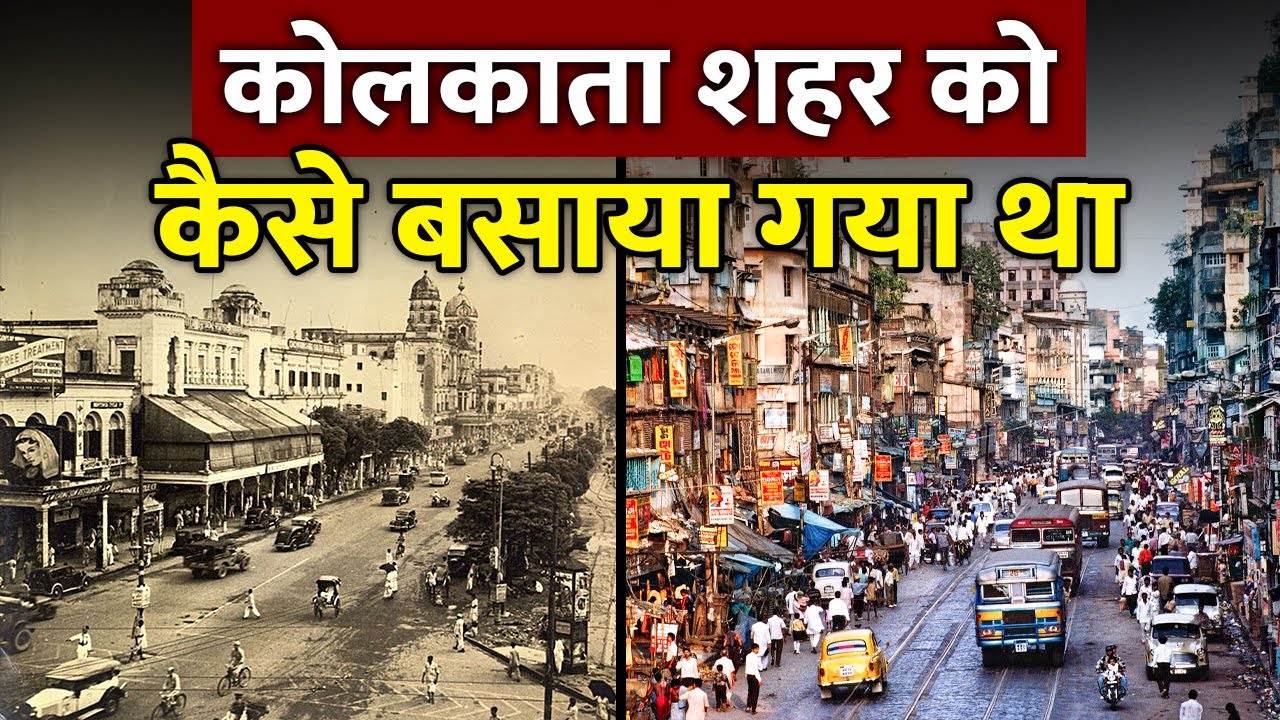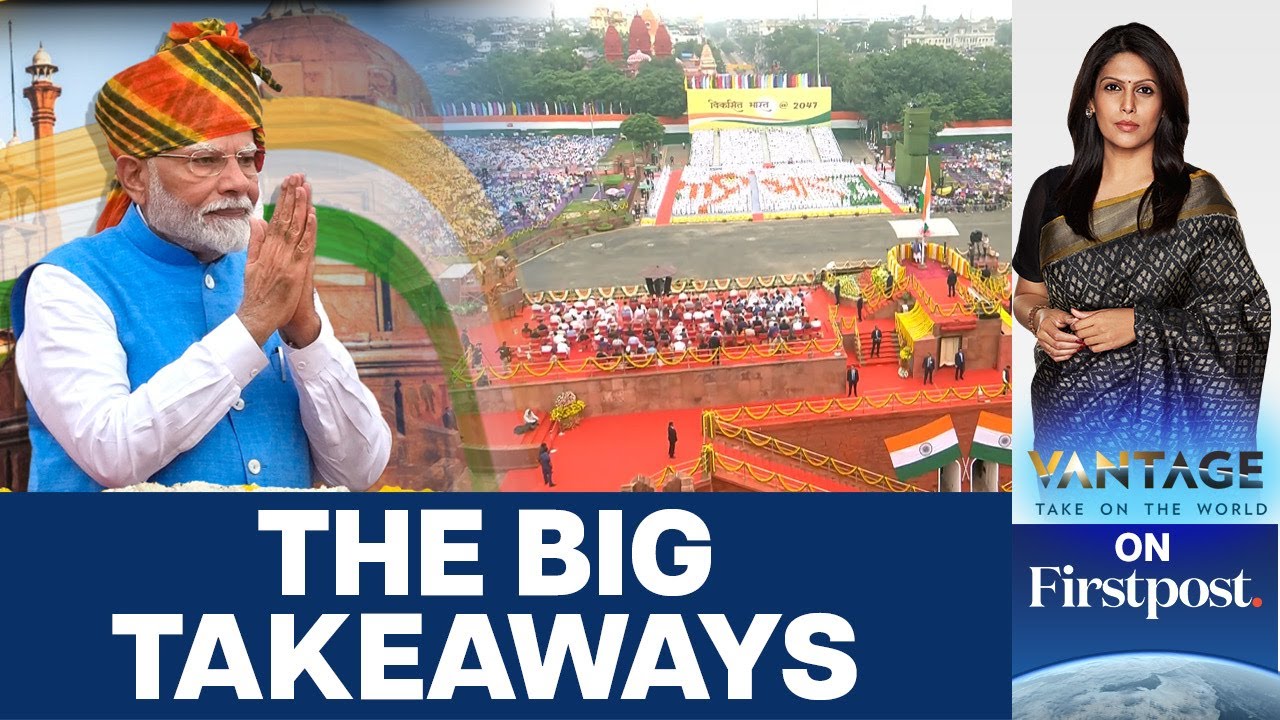RED FORT Delhi History(in Hindi) | लाल किला दिल्ली का इतिहास | Tour Guide & Inside View of Lal Qila
Summary
TLDRJoin host Aniruddh as he explores the historical Red Fort in Delhi, India. Built with red sandstone, this royal fort was not only the political center for Mughal emperors but also a symbol of their reign. Constructed under Shah Jahan by architect Ustad Ahmad Lahori, the fort narrates tales of deep struggles against the British. Aniruddh delves into the fort's rich history, architectural marvels, and its significance during India's fight for independence. From the Lahore Gate to the Diwan-e-Khas, each structure bears witness to the grandeur of the Mughal era, making the Red Fort a proud emblem of India's heritage.
Takeaways
- 🏰 The Red Fort in Delhi, made of red sandstone, was the political center of the Mughal emperors and a symbol of Mughal rule.
- 👑 Shah Jahan, the fifth Mughal emperor, chose Ustad Ahmad Lahori, also the architect of the Taj Mahal, to build the fort.
- 🏛 The construction of the Red Fort began in 1639 and took nearly a decade to complete, with the fort spreading over an area of about 1.5 square kilometers.
- 🚪 The fort has four gates: Delhi Gate, Salimgate, Lahore Gate, and the unnamed 'Lahore Gate', which faces the direction of Lahore, now in Pakistan.
- 🌳 The 'Lahore Gate' is named so because it faces the direction of Lahore, indicating its historical significance as a gateway to that region.
- 🛍️ The fort housed a market that catered to the ladies of the royal family, offering luxury items such as jewelry and precious stones.
- 🎉 The fort was not only a political center but also a place of celebration, with events like Shah Jahan's birthday being celebrated with great pomp.
- 🏰 The architecture of the Red Fort is a blend of Hindu and Muslim styles, showcasing the cultural synthesis of the Mughal era.
- 🔨 The British rulers caused significant damage to the fort, converting some of its structures into barracks and causing the destruction of its marble work.
- ⏳ The Red Fort has witnessed many historical events, including the Indian Rebellion of 1857 and the announcement of India's independence.
Q & A
Who is the narrator of the video script?
-The narrator is Aniruddh, who is welcoming viewers to his channel and taking them on a tour of Delhi's historic Red Fort.
What is the Red Fort made of?
-The Red Fort is made of red sandstone, which is why it is also known as Lal Quila.
Who was the architect of the Taj Mahal and also involved in the construction of the Red Fort?
-Ustad Ahmad Lahori, the architect of the Taj Mahal, was chosen by Shah Jahan for the construction of the Red Fort.
How many years did Shah Jahan rule as the Mughal Emperor?
-Shah Jahan ruled as the Mughal Emperor for 30 years.
What is the perimeter of the Red Fort?
-The perimeter of the Red Fort is approximately 2.41 kilometers or 2.1 miles.
How many gates are there in the Red Fort?
-There are four gates in the Red Fort, known as Delhi Gate, Salimgate, Lahore Gate, and the unnamed gate which is referred to as Lahore Gate due to its direction towards Lahore, Pakistan.
What is the significance of the Lahori Gate?
-The Lahori Gate is named so because it faces the direction of Lahore, Pakistan. It is also the site where the first Prime Minister of India, Jawaharlal Nehru, gave his first speech after independence in 1947, and subsequent Prime Ministers have continued the tradition of giving speeches from this location.
What is the Chhatta Chowk or the covered bazaar?
-Chhatta Chowk is a covered market area within the Red Fort complex, which was built during the reign of Shah Jahan for his two daughters, Roshan Ara and Jahan Ara. It was a marketplace where ladies' items such as jewelry and diamond-studded utensils were sold.
What is the Diwan-e-Aam and its historical significance?
-Diwan-e-Aam, also known as the Hall of Public Audiences, is where the Mughal Emperors would address the public and hear their grievances. It symbolizes the Mughal system of justice and governance.
What is the Mumtaz Mahal and its purpose?
-Mumtaz Mahal is a building within the Red Fort complex that was initially used as a museum. It housed items like cradles, toys, and utensils related to children.
What is the significance of the孔雀 throne (Peacock Throne) mentioned in the script?
-The孔雀 throne, or 'Takht-e-Tavous,' was the throne of the Mughal Emperors, and it was adorned with precious stones, including the Koh-i-Noor diamond. It symbolized the wealth and power of the Mughal Empire.
What happened to the Red Fort during the British rule in India?
-During the British rule, the Red Fort suffered significant damage. Many structures were destroyed or converted for other uses, such as turning parts of the fort into a cantonment for the British army.
Outlines

This section is available to paid users only. Please upgrade to access this part.
Upgrade NowMindmap

This section is available to paid users only. Please upgrade to access this part.
Upgrade NowKeywords

This section is available to paid users only. Please upgrade to access this part.
Upgrade NowHighlights

This section is available to paid users only. Please upgrade to access this part.
Upgrade NowTranscripts

This section is available to paid users only. Please upgrade to access this part.
Upgrade NowBrowse More Related Video

Delhi State GK | Delhi General Knowledge | General Knowledge Questions Answers | DelhiGK | Delhi_MCQ

Top 10 Most Visited Tourist Places of India | भारत में घूमने की 10 सबसे शानदार जगहें

bpsc previous year questions | #staticgk #shorts #bpsc

3 गांवों को मिलाकर अंग्रेजों ने कैसे बसाया कोलकाता? | History Of Kolkata : Kolkata Ka Itihaas

Delhi Through the Ages|| Unit 1 Ancient Delhi and Adjoining Sites|| Detailed summary in Hindi

Modi on Independence Day: Uniform Civil Code, Economy, Olympics & More | Vantage with Palki Sharma
5.0 / 5 (0 votes)